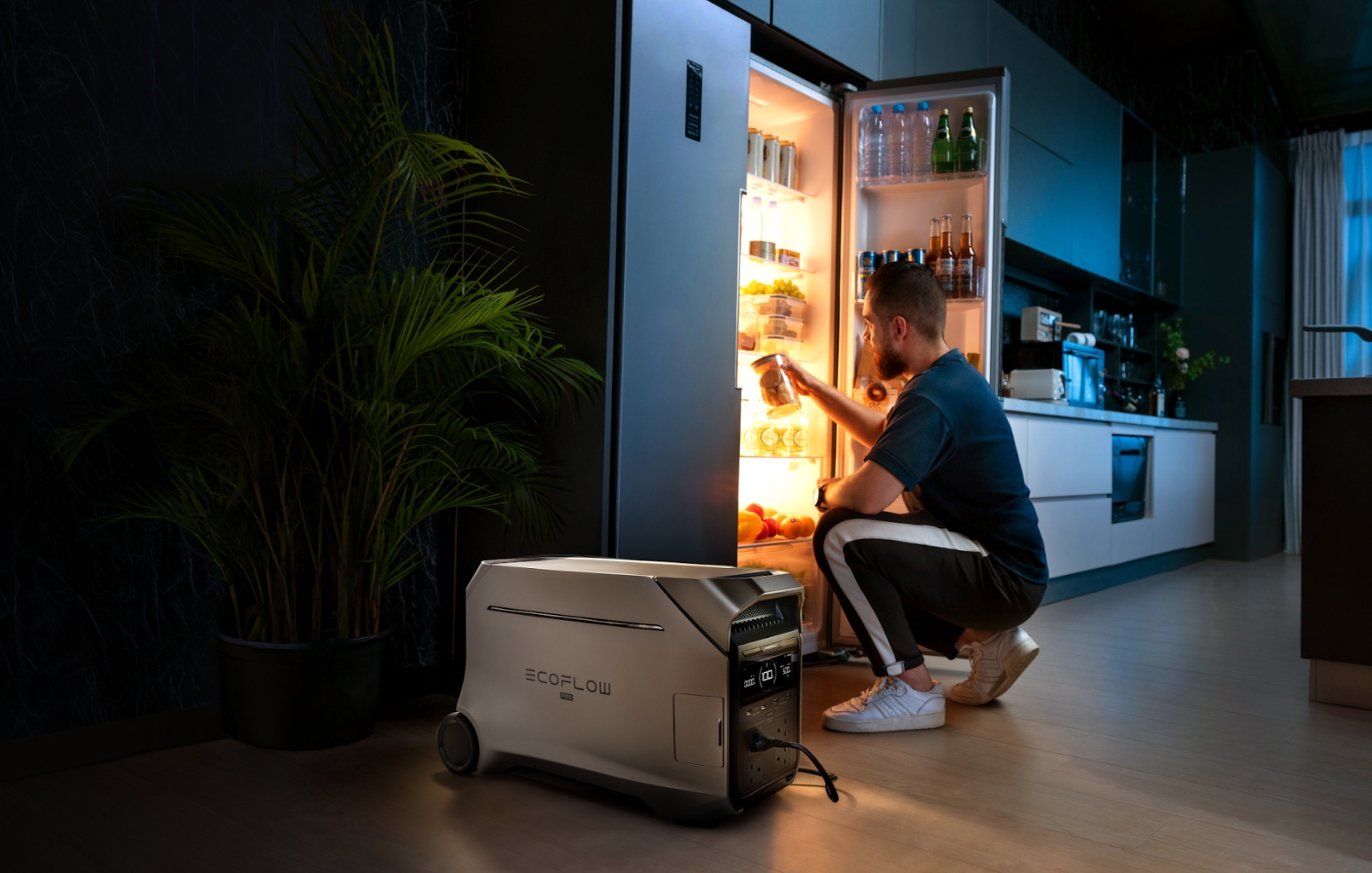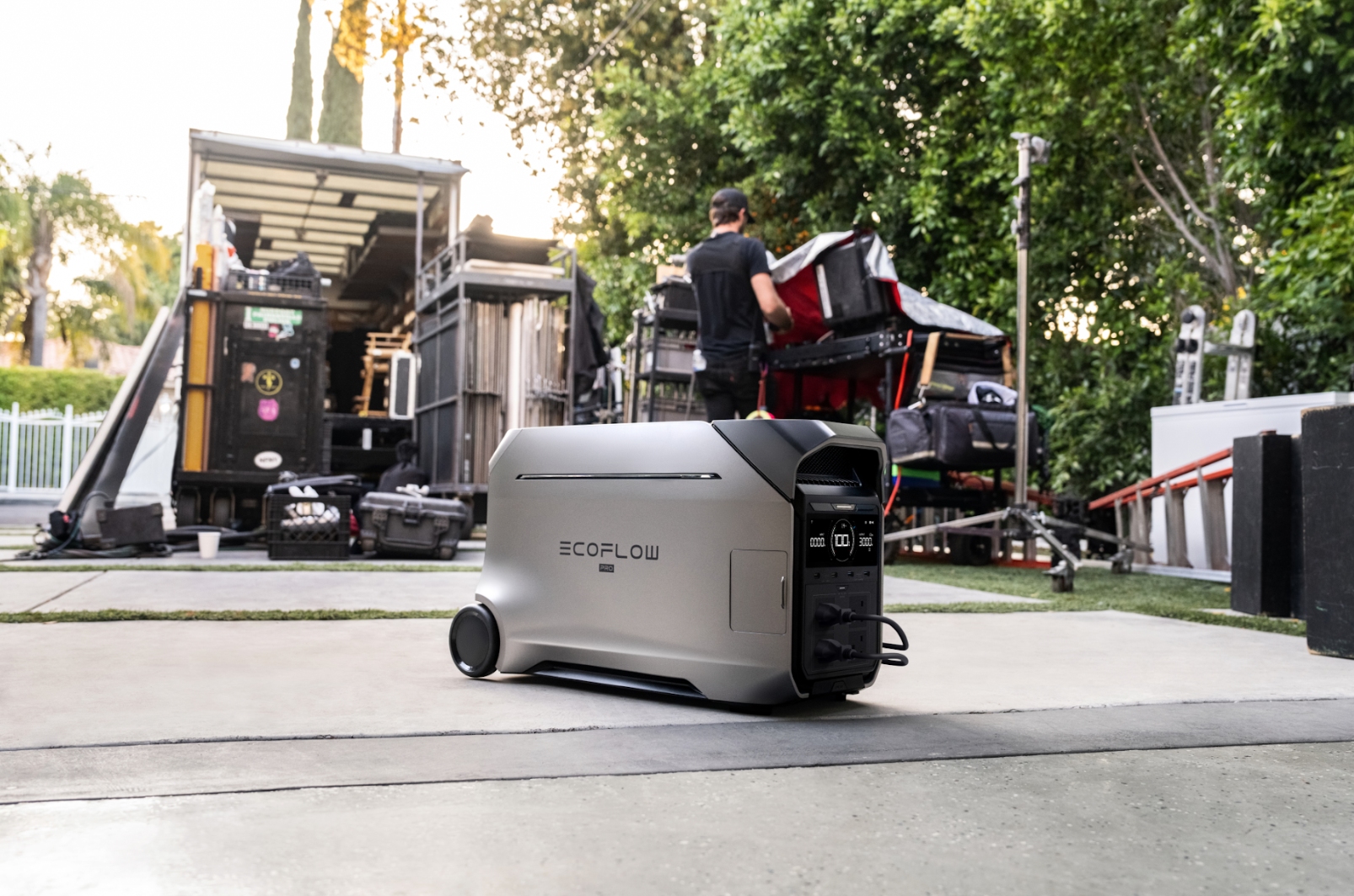Flash Flood Warning vs. Watch: Critical Differences That Could Save Your Life
This past summer, flash floods swept through Texas and Florida without warning. Quiet neighborhoods became disaster zones. Cars floated down what used to be streets. Families found themselves stranded on rooftops.
The difference between those who escaped safely and those who didn't? They understood what their weather alerts meant.
When your phone shows "Flash Flood Warning News," you're looking at one of the most dangerous weather emergencies possible.
What Each Alert Actually Means
Flash Flood Warning: Move to Safety Now
A flash flood warning means dangerous flooding is happening right now. Or it's about to start within minutes.
These floods develop incredibly fast. Water can go from ankle-deep to over your head in less than 30 minutes.
You'll see this alert when:
- Heavy rain is causing immediate flooding right now
- A dam has broken or is failing
- Emergency crews are already rescuing people from floodwater
- Water levels are rising so rapidly that you need to evacuate immediately
What to do: Get to higher ground right away. Don't try to drive or walk through any standing water, no matter how shallow it looks.
Flood Watch: Start Preparing
A flood watch gives you advance notice. Conditions are developing for possible flooding.
Think of it as your preparation window. Flooding could happen in the next few hours or days, but hasn't started yet.
This alert appears when:
Forecasters expect heavy rainfall in your area
Rivers are rising toward flood levels
Weather systems are moving in that could cause flooding
Snow is melting rapidly and combining with rain
What to do: Use this time to gather emergency supplies. Check your evacuation route. Keep an eye on weather updates.


Flood Warning: Take Action Soon
A flood warning is different from a flood watch, it means flooding is happening or will happen soon. Usually more slowly than flash flooding.
You still need to act quickly. But you typically have more time to respond than with a flash flood warning.
What to do: Start taking protective actions right away, especially if you live in a low-lying area.
Flash Flood Warning vs. Watch: Quick Comparison
| Alert Type | How Fast It Develops | What You Should Do | Area Covered |
| Flash Flood Warning | Minutes | Get to safety now | Small, specific areas |
| Flood Warning | Hours | Take action quickly | Areas along rivers/streams |
| Flood Watch | Hours to days | Prepare and stay alert | Large regions |
Why Flash Floods Are So Dangerous
Flash floods cause more weather-related deaths in the United States than any other severe weather. More than tornadoes. More than hurricanes.
The numbers: About 80 deaths per year and billions in property damage.
Why they're so deadly: Everything changes in minutes.
A small creek that's barely flowing can become a violent river in minutes. Just six inches of fast-moving water can knock an adult off their feet. A foot of water can float most cars.
Where they strike: Places where people don't expect flooding.
Desert areas
City streets with storm drains
Small waterways
The rushing water picks up debris, cars, and even boulders. This creates a destructive force that can demolish buildings and completely alter landscapes.
The biggest killer: Most flood deaths happen when people try to drive through flooded roads. The water looks manageable, but it's often deeper than it appears and moving faster than you'd expect.
Your Complete Flash Flood Safety Plan
When You Get a Flood Watch: Time to Prepare
Set Up Your Family Plan
Everyone needs to know the drill:
- Where to meet if you get separated
- How to contact each other
- An out-of-state contact person everyone can check in with
Practice your evacuation route. Identify backup routes in case your first choice is blocked.
Get Your Home Ready
Move important stuff to the highest floor: documents, medications, valuables.
Clean debris from gutters and storm drains around your property. Clear drainage can prevent or reduce flooding.
Build Your Emergency Kit
Prepare supplies for at least three days:
- Water: One gallon per person per day
- Food: Non-perishable items
- Medical: Prescription medications and first aid kit
- Light: Flashlights and extra batteries
- Communication: Battery-powered radio and phone chargers
Solve the Power Problem
Here's what most people don't think about: Power outages during floods create a dangerous situation.
You lose access to weather updates. Can't charge your phone for emergency calls. Can't power essential equipment like sump pumps that keep water out of your home.
Gas generators aren't safe indoors because of carbon monoxide. That means they're not much help during flooding.
Portable power stations work differently. They're safe to use inside and provide quiet, clean power when you need it most.
EcoFlow's DELTA series can keep your refrigerator running, power a sump pump, and maintain lights and communication for days during an outage. The smaller RIVER series is perfect for keeping phones, tablets, and weather radios charged throughout extended power failures.
Stay Connected to Alerts
Sign up for local emergency notifications. Download weather apps that provide alerts for your specific location.
Enable emergency alerts on your cell phone. Consider getting a weather radio that can receive warnings even when cell service is down.


During a Flash Flood Warning: Act Immediately
Remember: Turn Around, Don't Drown
This simple phrase has saved countless lives.
Never walk through floodwater. Never drive through it. Never swim in it.
Why? Six inches of moving water can sweep you off your feet. Just 12 inches can carry away most vehicles.
Floodwater also hides dangerous obstacles: debris, downed power lines, washed-out pavement.
Get to Higher Ground Fast
When you receive a "flash flood warning near me", move to higher ground immediately.
In a building? Go to the highest floor. If water continues rising, get onto the roof. But avoid enclosed attics where you could become trapped.
Keep Communication Open
Stay close to your charged devices. Monitor weather updates constantly.
This is when backup power becomes critical. Your portable power station keeps your phone working, your weather radio operating, and your connection to life-saving information active.
Emergency officials use radio and cell networks to provide real-time updates about changing conditions, evacuation routes, and rescue operations.
If You're in Your Car
See water on the road? Turn around immediately and find another route.
Car stalls in floodwater? Get out immediately and move to higher ground. Don't try to restart the engine or stay with your vehicle.
After the Flood: Stay Safe During Recovery
Wait for Official Clearance
Don't return to evacuated areas until local authorities confirm it's safe.
Roads and bridges may look intact but could be severely weakened underneath. Buildings might appear fine but have structural damage that isn't visible.
Avoid Floodwater Contamination
Floodwater contains nasty stuff: bacteria, chemicals, sewage, and other hazardous materials.
If you must walk through standing water, wear protective clothing and boots. Wash your hands and any exposed skin thoroughly afterward. Don't let children play in areas that were flooded.
Watch for Hidden Hazards
Be extremely careful around:
- Downed power lines
- Damaged gas lines
- Structures that may have been weakened by flooding
Document damage with photos for insurance purposes, but always prioritize your safety over getting the perfect picture.


Staying Informed During Emergencies
Reliable Information Sources
Get your weather information from the National Weather Service at weather.gov. They issue all official flood warnings and watches.
Local emergency management agencies provide area-specific information about evacuations and road closures.
Essential Apps and Tools
- FEMA app
- American Red Cross Emergency app
- Your local news station's weather app
A NOAA Weather Radio provides continuous weather information even when cell towers fail.
When the Lights Go Out
Widespread flooding often means widespread power outages. This can cut you off from vital emergency information.
Having reliable backup power ensures you can stay connected to emergency broadcasts, charge your phone for 911 calls, and power any medical devices you depend on.
Being Prepared Makes All the Difference
Flash flood warnings represent some of the most serious weather emergencies you'll encounter. But understanding what each alert means and having a solid preparation plan can keep your family safe.
The most important thing? Taking action before the emergency arrives. Create your plan. Assemble your supplies like Ecoflow Power Backup. Stay informed about flood risks in your area.
When weather alerts start appearing on your phone, every decision matters. Know what each warning means, stay prepared with the right supplies and backup power, and never underestimate how quickly moving water can become deadly.